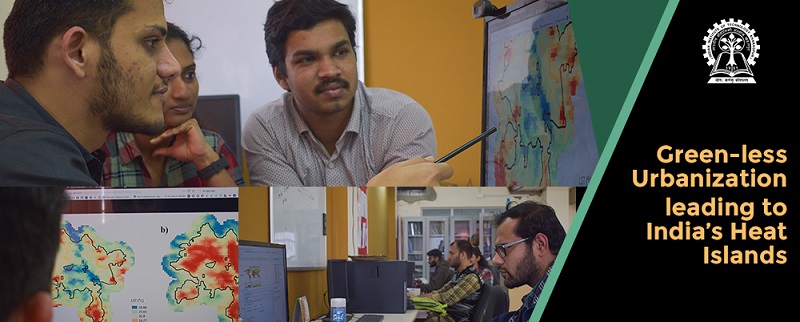
What’s Heating India?
Green-less Urbanization leading to India’s Heat Islands Economic Times The Week News 18 Prabhat Khabar Hindustan Times The Republic World The Hindu Indian Express Mongabay Amar Ujala Navbharat Times Aaj Tak Outlook Our Bitcoin News Telangana Today Orissa Post News Nation Millenium Post …
